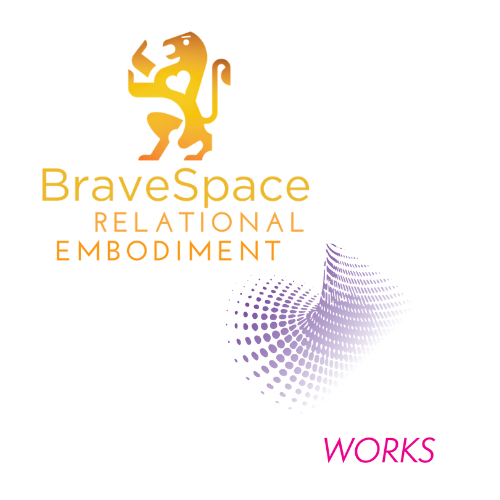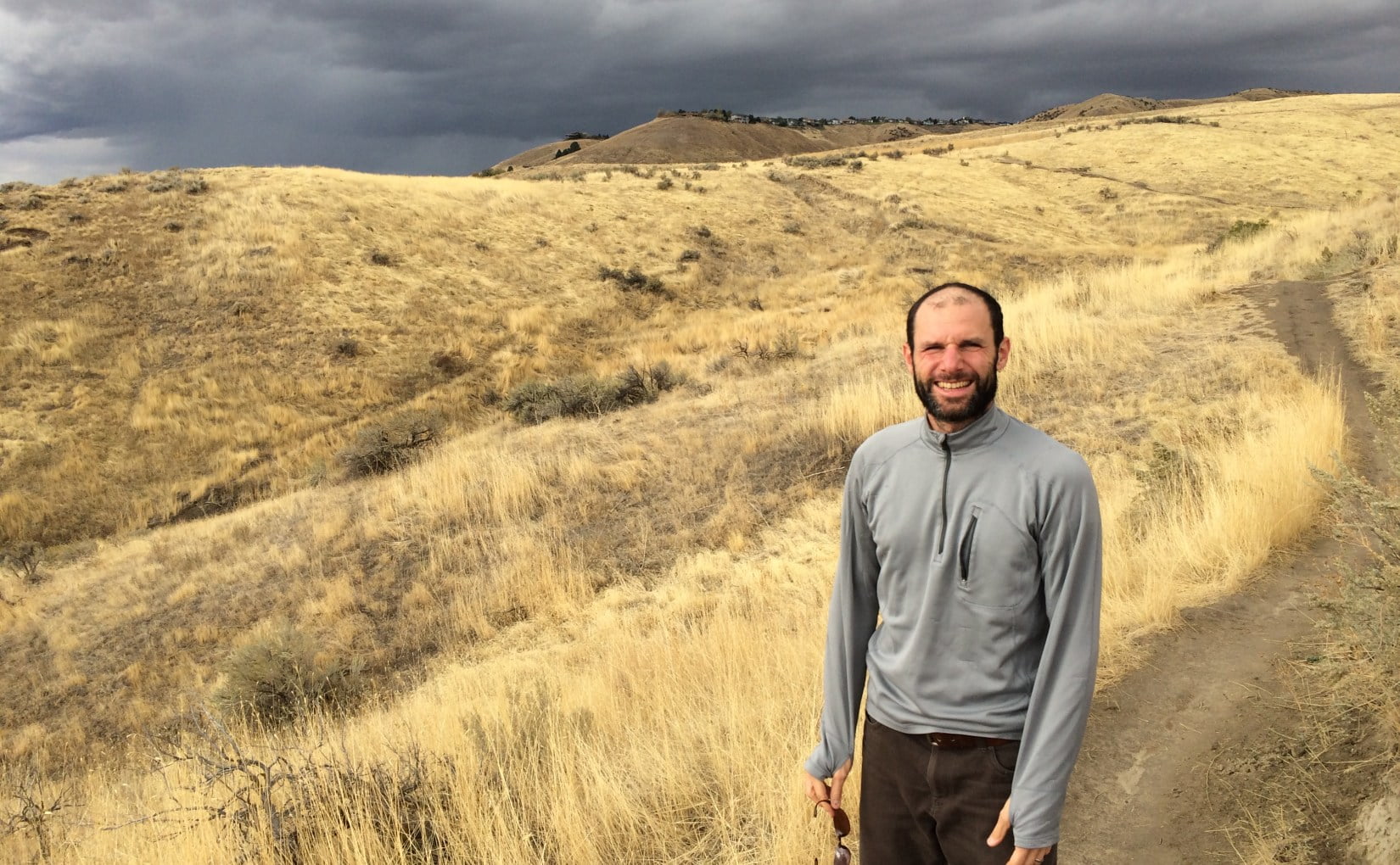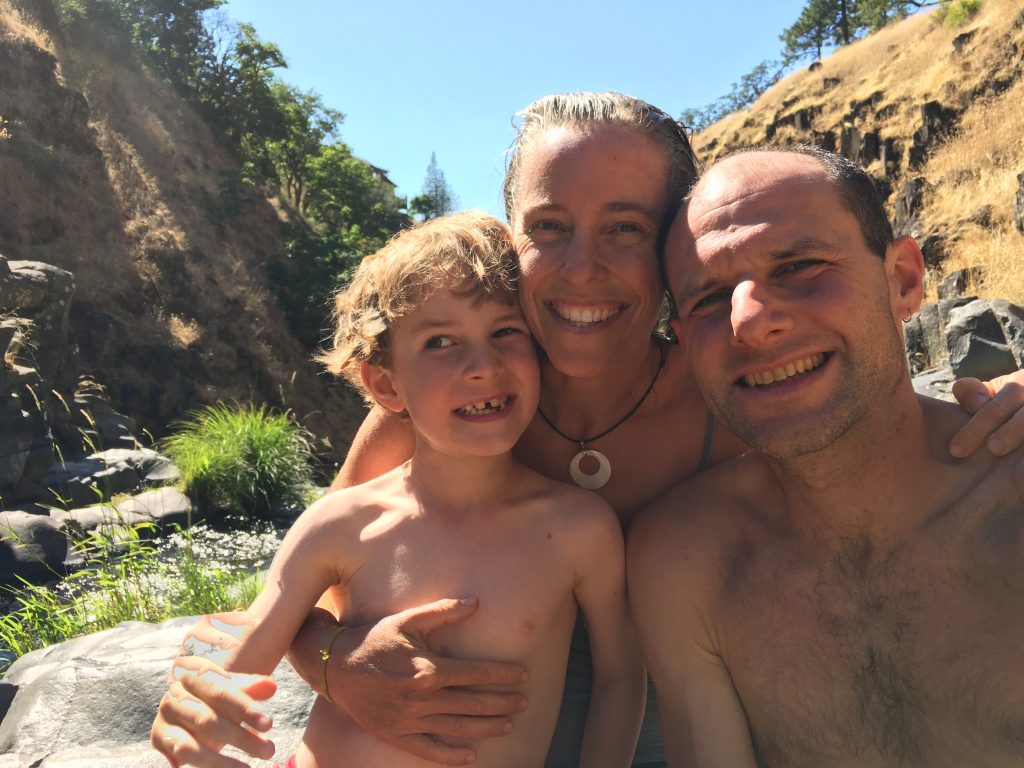I have a crazy hobby of working on automobiles. I recently took on head replacement on a 2002 Volkswagen Passat V6 that I bought with a snapped timing belt. It’s the most complex vehicle that I’ve ever worked on. It kept my busy and somewhat terrified for a number of weeks. While not perfect yet, I drove it out of the garage under its own power. Cars either work right or they don’t. They don’t have fears, pains, desires, or unexpressed needs. I do, and so in working with them I take on the challenge of my own patterns and emotions. It’s a bit like running a marathon.
My deeper work is with people. Like cars, we are complex. Like cars, there are times we are not functioning optimally. Yet unlike cars our tissues are dynamic. Our nature as living organic systems means that it DOES matter how we feel about things and what we express. It is completely normal for me to work with someone on a physical and functional issue—scar tissue, movement patterning, flexibility, or strength building—and simultaneously support deep emotional processing. We all have stories of our lives, our pasts, and our dreams. These stories live in our bodies at least as much as in our minds. Our stories affect how we move and how we feel. We are not objects, like automobiles. We are subjects, and the edges of our beings lack the clear definitions of shiny metal objects. I work with cars because they’re simple and predictable. I work with people because it’s the most powerful way I know to be in service, and it’s a joy to be in lively relationship.
We are living systems, made up of living systems, and participating in living systems. The study of how living systems interact is ecology, and my wife Kendy and I like to engage with people from this ecological perspective. We call our work from this viewpoint—a mix of movement, awareness, and relationship building—embodied ecology. On Saturday Sept. 10th from 2-4pm we’d love to share our new workshop, Embodying Compassion with you at Boise’s Sage Yoga. The flier, with more information, is attached below.
This fall I’m launching a new curriculum, Moving Beyond Pain. My training and experience as a dancer, choreographer, and somatic therapist has given me some clear tools for understanding the language of the body. Like ratchets, torque wrenches, and screwdrivers, these tools can be applied to a wide range of possible situations. I understand pain as a communication from our bodies that the things we’ve been doing aren’t working anymore. If pain is like a check-engine light, Moving Beyond Pain offers a diagnostic tool that can help us move forward in our lives and do the things we love. In Moving Beyond Pain we will look at the basics of how we move, how we build awareness, and how we apply that mindfulness back to our movement. Like working on cars, experience has shown me that it’s never as scary as it seems before we begin. More details will be forthcoming. In the meantime, I will be presenting two free Moving Beyond Pain introductory workshops on Wednesday September 21st from 7-8:15pm and Saturday September 24th from 10-11:15am at my studio at 760 E. Warm Springs, Boise. There will only be 10 slots available for each of these dates. Please email me at thewnelson@gmail.com to reserve a spot!
Finally, if you’re ready to dance, come jam with me this Saturday for Dance, Play, Love at 10am at my studio. That flier is also attached below!


